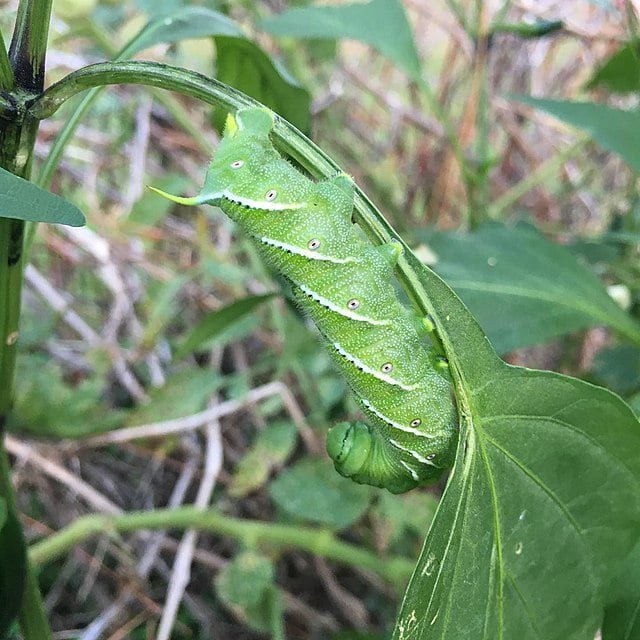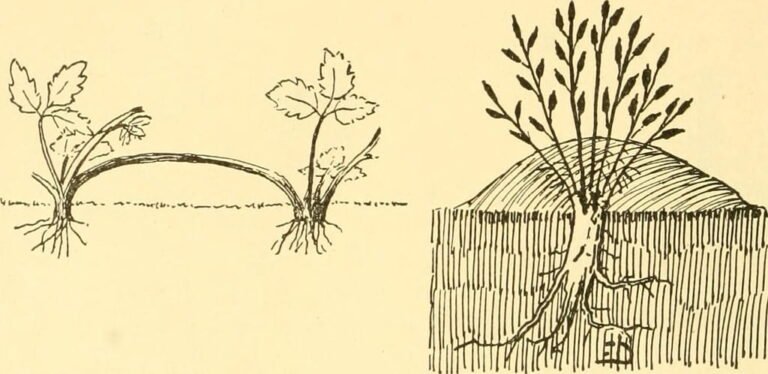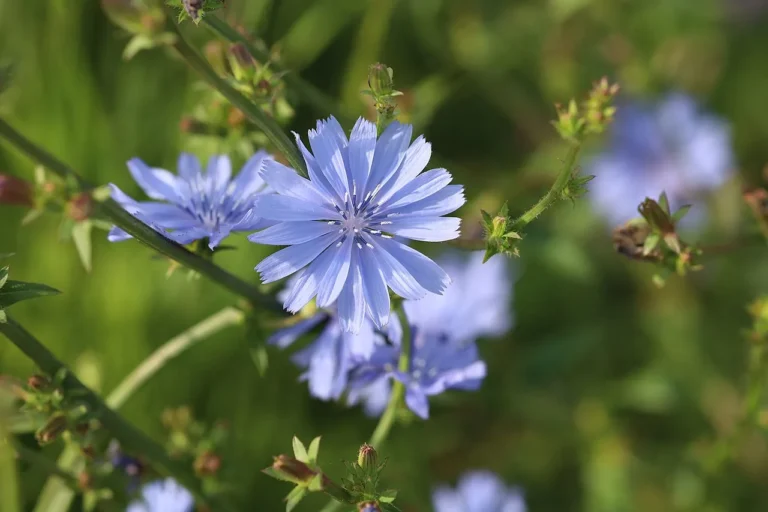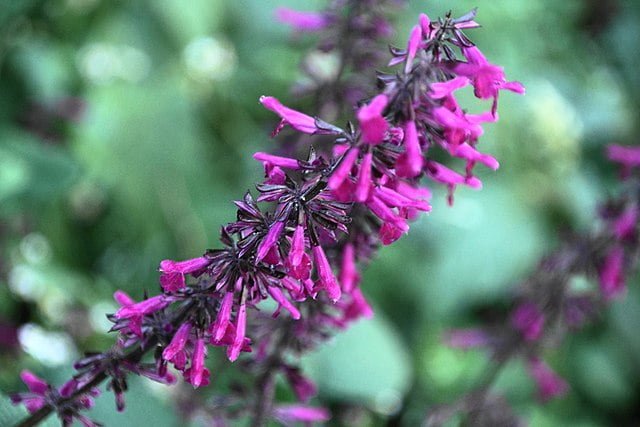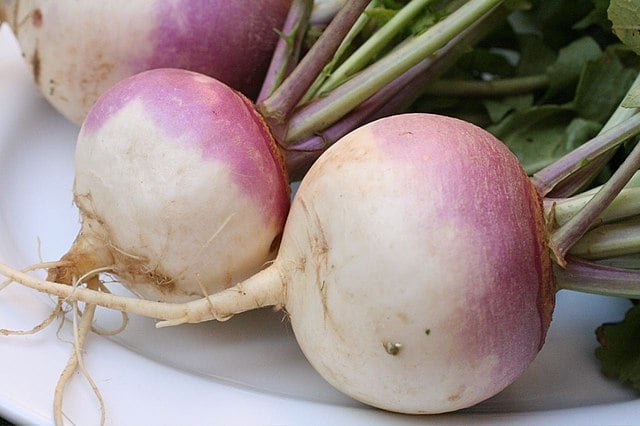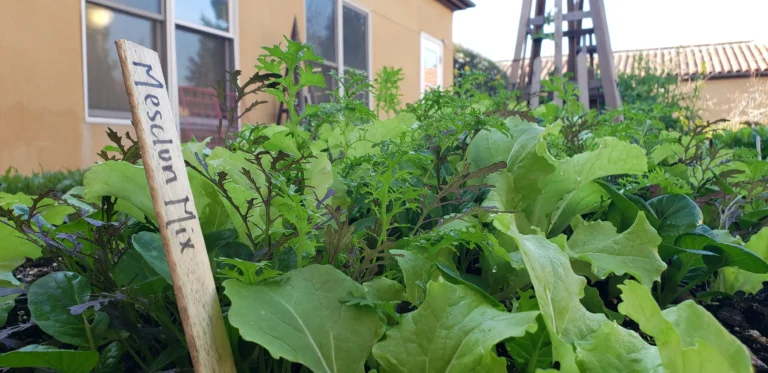Spotting, Managing, and Understanding Tomato Hornworms
Welcome back, gardening enthusiasts! Today, we’re venturing into the world of tomato hornworms. The mere mention of this garden pest might make a gardener’s skin crawl. However, understanding this common enemy can help you protect your plants effectively. So, let’s dive in!
Identifying Tomato Hornworms
Firstly, it’s crucial to identify tomato hornworms correctly. These caterpillars, the larvae of the five-spotted hawk moth, are large, reaching up to 4 inches long. They are green with diagonal white stripes and a pronounced “horn” at the rear, hence the name ‘hornworm’.
Damage Caused by Tomato Hornworms
Tomato hornworms are voracious eaters, primarily feeding on plants in the Solanaceae family, such as tomatoes, peppers, eggplants, and potatoes. They are capable of defoliating plants rapidly, which can stunt growth and crop yield. Their feeding damage typically starts from the top of the plant. They may also feed on the fruits themselves, causing large, open wounds that invite other pests and diseases.
Spotting Tomato Hornworms
Although large, these pests can be hard to spot because their green coloration provides excellent camouflage. Look for signs like missing leaves, stripped stems, dark green or black droppings, and wounded fruits. If you notice these, chances are you have hornworms lurking in your garden.
Controlling Tomato Hornworms
The best way to manage tomato hornworms is through early detection and prevention. Here are a few strategies:
- Handpicking: Due to their size, handpicking is an effective control method. Do this in the early morning or late evening when they are most active. Dispose of them by dropping them in soapy water.
- Natural Predators: Parasitic wasps, particularly braconid wasps, are a hornworm’s natural enemy. The wasp larvae feed on the inside of the hornworm until they pupate, killing the hornworm in the process. Encourage these beneficial insects by planting nectar-rich flowers in your garden.
- Crop Rotation: Rotate crops each year to disrupt the hornworm life cycle. Hornworm pupae overwinter in the soil, emerging in the spring to start the cycle again.
- Organic Pesticides: If infestations are heavy, you might need to use an organic pesticide like Bacillus thuringiensis (Bt), which specifically targets caterpillars without harming beneficial insects.
Understanding Tomato Hornworms
While these caterpillars might be seen as a nuisance, it’s essential to understand their role in the ecosystem. They are part of the food chain, serving as food for various insect-eating birds and insects. Understanding this balance is part of integrated pest management, leading to a more sustainable and harmonious garden.
In conclusion, while tomato hornworms can be a considerable threat to your garden, there are effective and environmentally friendly ways to manage them. By staying vigilant, promoting biodiversity, and using organic solutions, you can keep your garden healthy and productive. Happy gardening!

